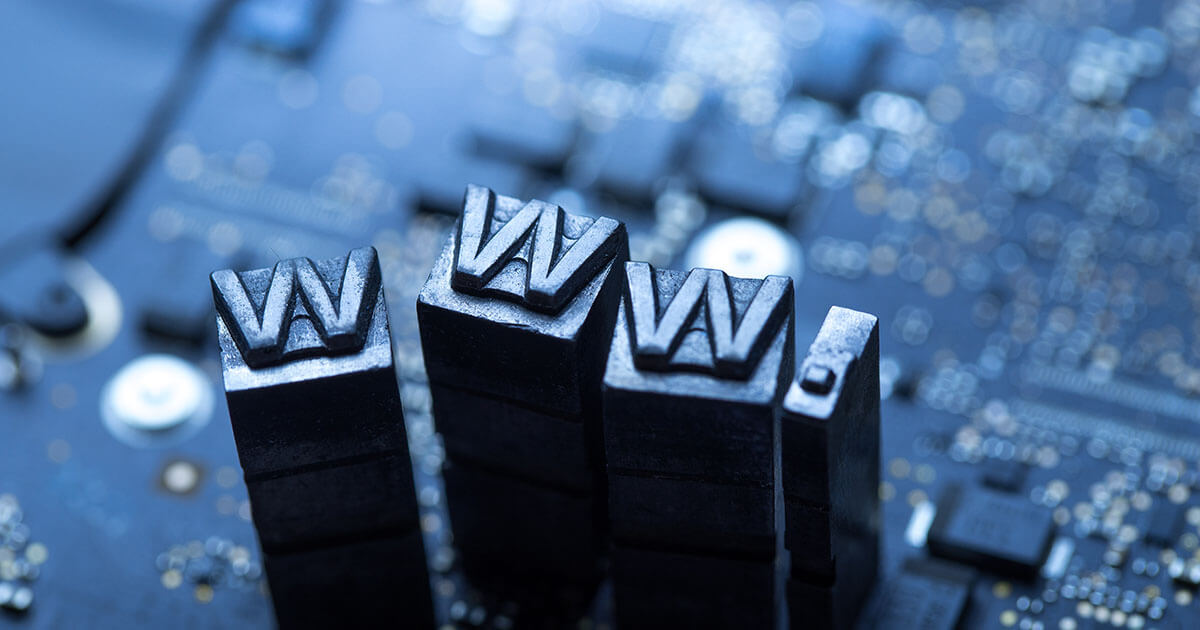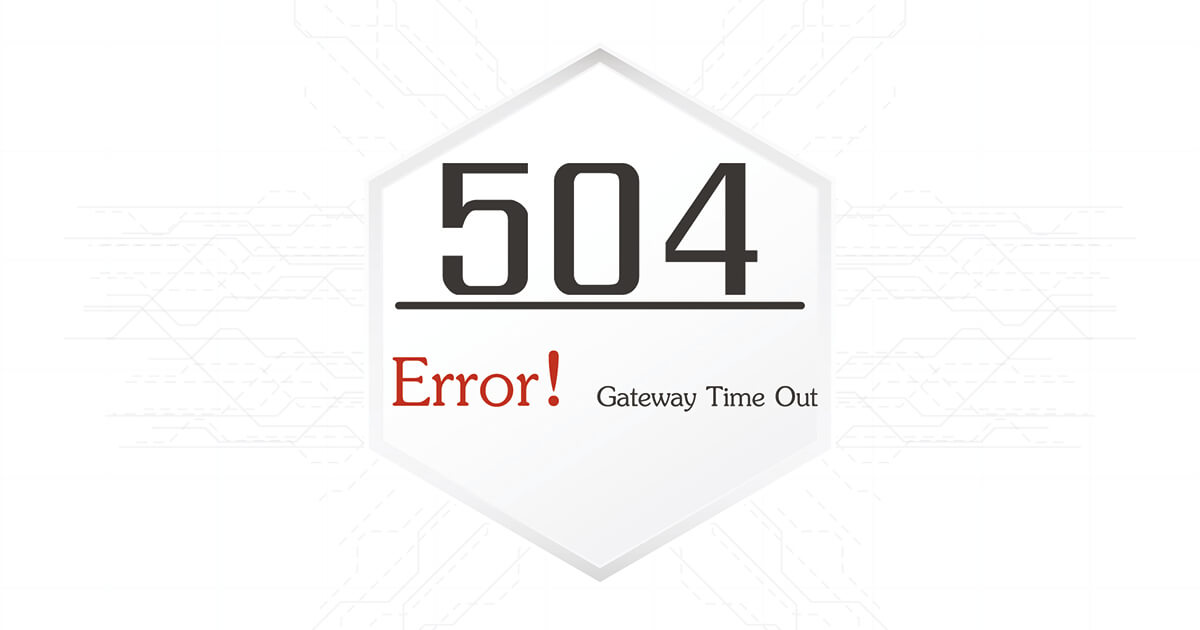
Learn how to Code
Welcome to the digital age: every day the average American spends hours looking at smartphone screens and PC monitors. But most still lack even a basic understanding on how the programs affecting their everyday life work. If you think you may fit into this demographic, don’t…










